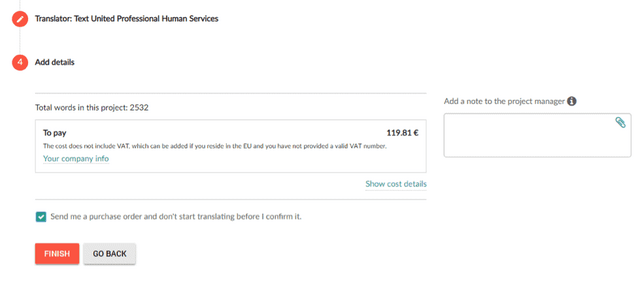Myths about website translation are a real hindrance and keep good businesses from approaching international markets well within their capacity.
Cost and complexity are just two of the often-cited reasons that companies choose not to actively pursue translation and localization. Even in the face of overwhelming evidence to the contrary, such as translating your website increasing both traffic and sales.
Today, TextUnited has turned myth-buster, and we’re hellbent on dismantling 5 myths about website translation!
#1: Website translation is only for multinational corporations
The first and most overriding assumption regarding translation is that it is only for ‘big businesses’. This misconception seems to be born of the idea that a small company can only operate in its native market. This one should be a forgotten idea, given how eCommerce across borders has flourished in recent years. Even within your borders, you’ll likely find a myriad of different cultures and spoken languages.
Take the US, for example. The recently departed Donald Trump, early in his tenure, saw fit to remove the Spanish version of the White House website. In a country where almost 15% of the population are native Spanish speakers. Thankfully, Transfluent stepped in creating LaCasaBlaca, which was needed until recently when the new administration reinstated the official Spanish version.
The point is, you don’t have to be a big business to make the most of translation, just a smart one. You don’t even have to operate outside your borders to, potentially, expand your market. Just be aware of your existing audiences and your potential ones too!
#2: Translation is too expensive for me
The fact is that translation and localization services are getting more affordable as technological adaptation continues and improves. Although far from perfect, machine translation has reached a point where it works extremely effectively in tandem with human reviewers.
For the most part, it depends on what you are translating and the language pairs you choose. Something legally binding, you would want to translate entirely with a human. However, what about a massive eCommerce catalog? You cannot go wrong with machine translation. Also, Translation technologies have improved dramatically. CAT Tools featuring Translation Memory and Terminology Management can drastically reduce your overall costs. You can see them at work below!
For example, TextUnited offers a Machine Translation + Human Review service that could save you up to 40%. The common the language pairs you’re using, the more likely you can factor in machine translation into your process.
#3: The website translation process is too complicated for me
That is 100% untrue. Or probably, you’ve encountered a system that has left this misleading impression on you. When you realize just how simple a translation process can be, you’ll wonder why you’ve been wasting your time.
Are there potentially complicated elements to translating and localizing content? Sure. Do you need to have an understanding of all of them to reap the benefits? Not in the slightest.
We’ve spent more than ten years continuously developing our software, systems, plugins, and UI to simplify our customers’ journey. A robust and malleable Translation Management System or TMS (like ours) can and should be a cinch to engage with.
Website translation projects alone can be as simple an affair as providing your URL. The content is automatically scanned and extracted, and then you can decide who handles the translation, your team or ours. Even simpler, with an Overlay Editor, you can translate the content on-site and in context.
#4: Machine translation quality is not good enough
We touched on this briefly in Myth #2, but we thought it deserved expanding upon. Machine translation has improved dramatically in the last five years, with various providers vying for market shares.
The idea that embarrassingly bad translation or culturally inept localization, are solely caused by poor machines is unfounded. There are very human people making very human mistakes in all the cringe-inducing translation stories you hear.
Machine translation is designed to handle the grunt work before a professional human translator refines it. It reduces costs, increases turnaround times, and is fully implementable in an automated process. What’s not to like?
#5: Website translation requires a lot of UI changes
Modern websites are engineered, keeping in mind that different devices, in different places, are used to be purposefully adaptive.
With today’s HTML5 standards, expandable and flexible UI, it’s likely your website will require little to no adjustments to display translated content.
Sure, there are some exceptions to the rule, like Right-To-Left languages or symbol-based languages spring to mind. Even still, with an Overlay Editor, you’ll see on the fly exactly how your content will be displayed when translated. We’d still say the best advice is to plan ahead, especially when it comes to localization. What might be a short idiom in one language could be an entire sentence in another.
Always plan your website’s UI to have a little more space available if you will translate the content in the future.





